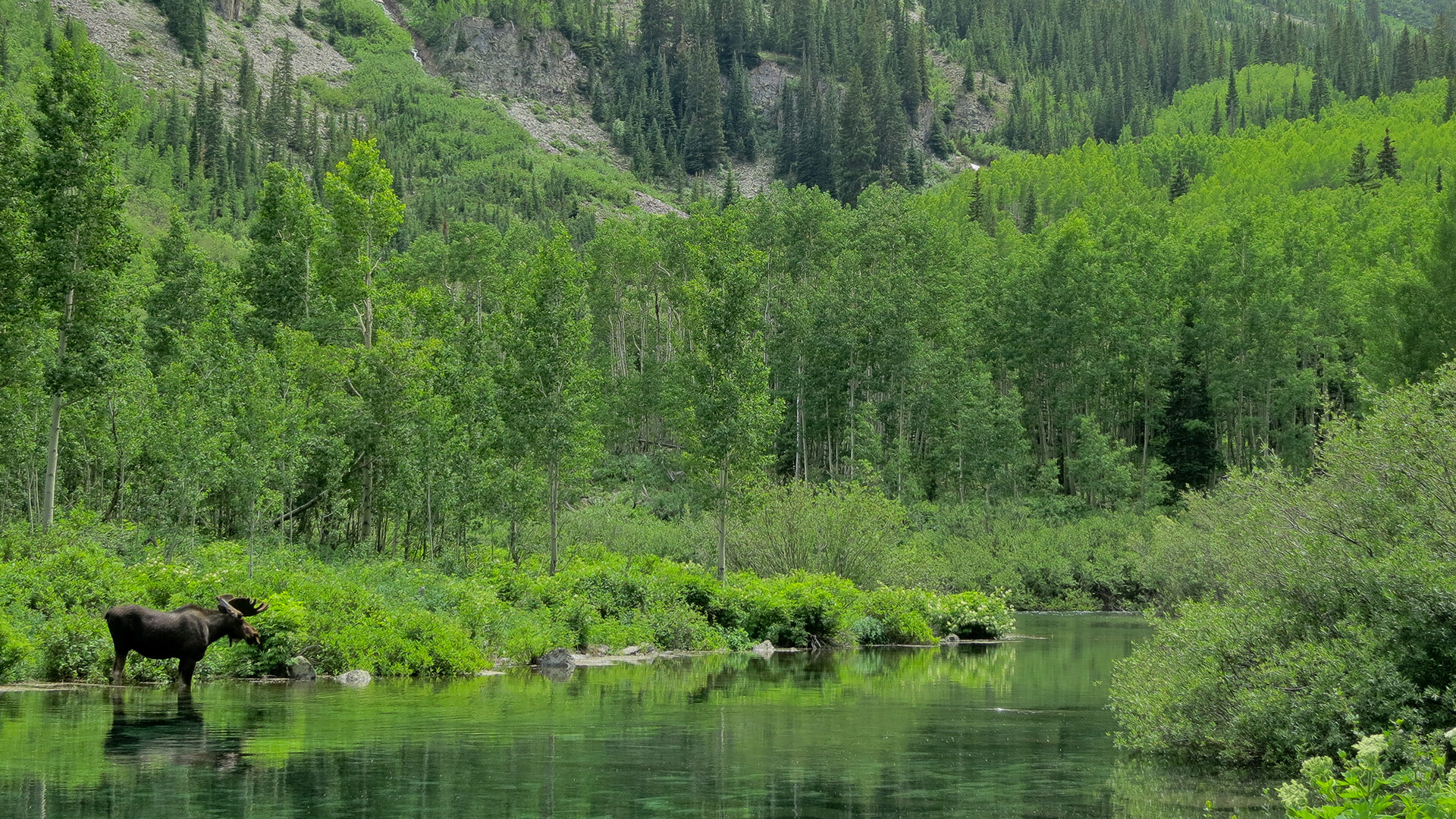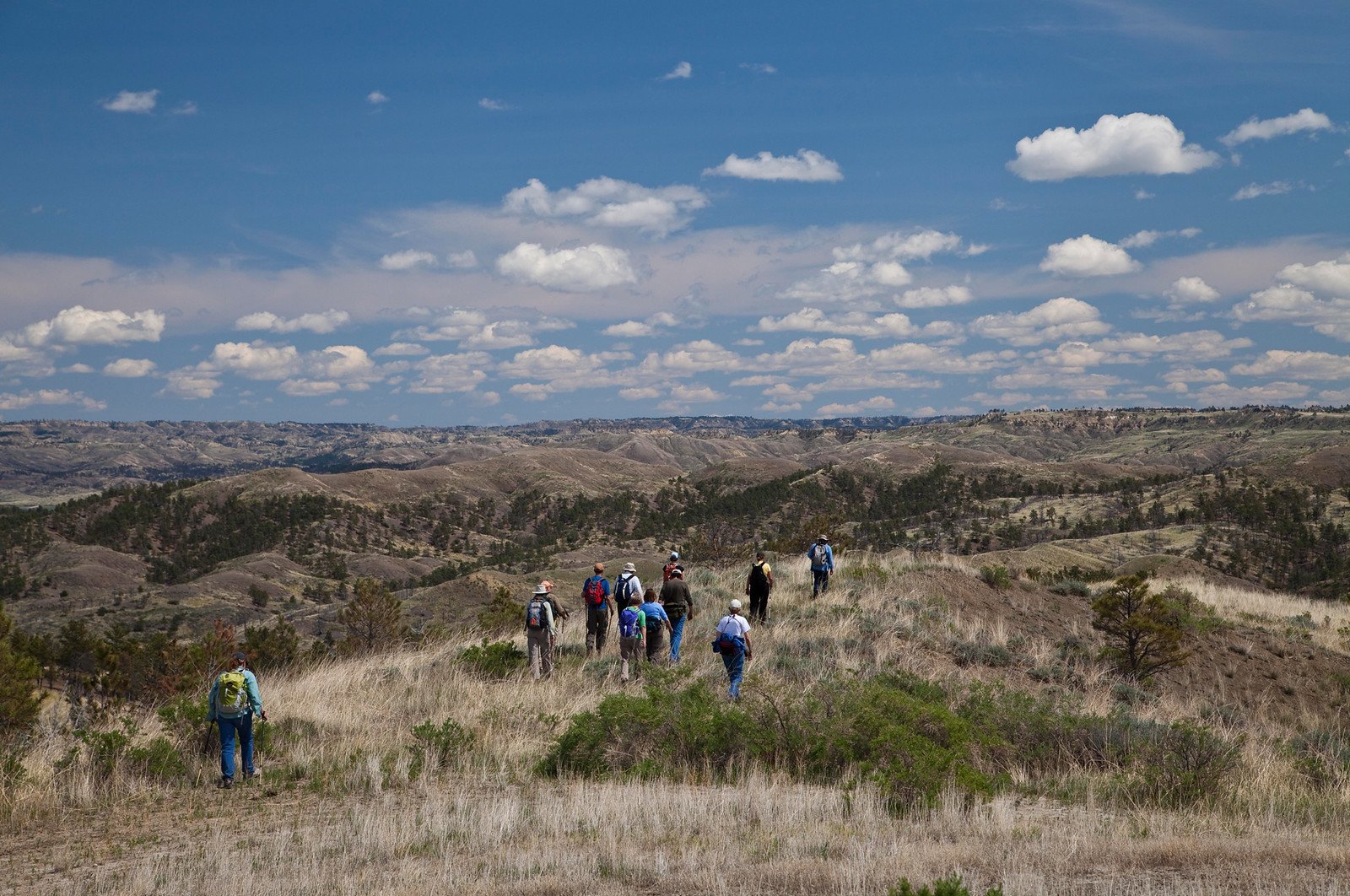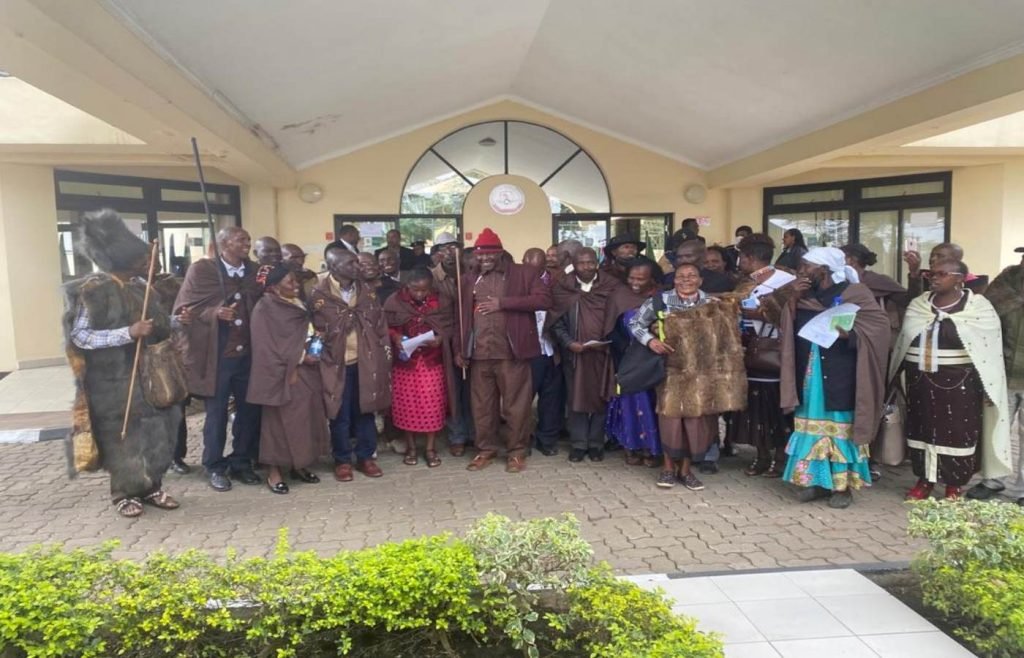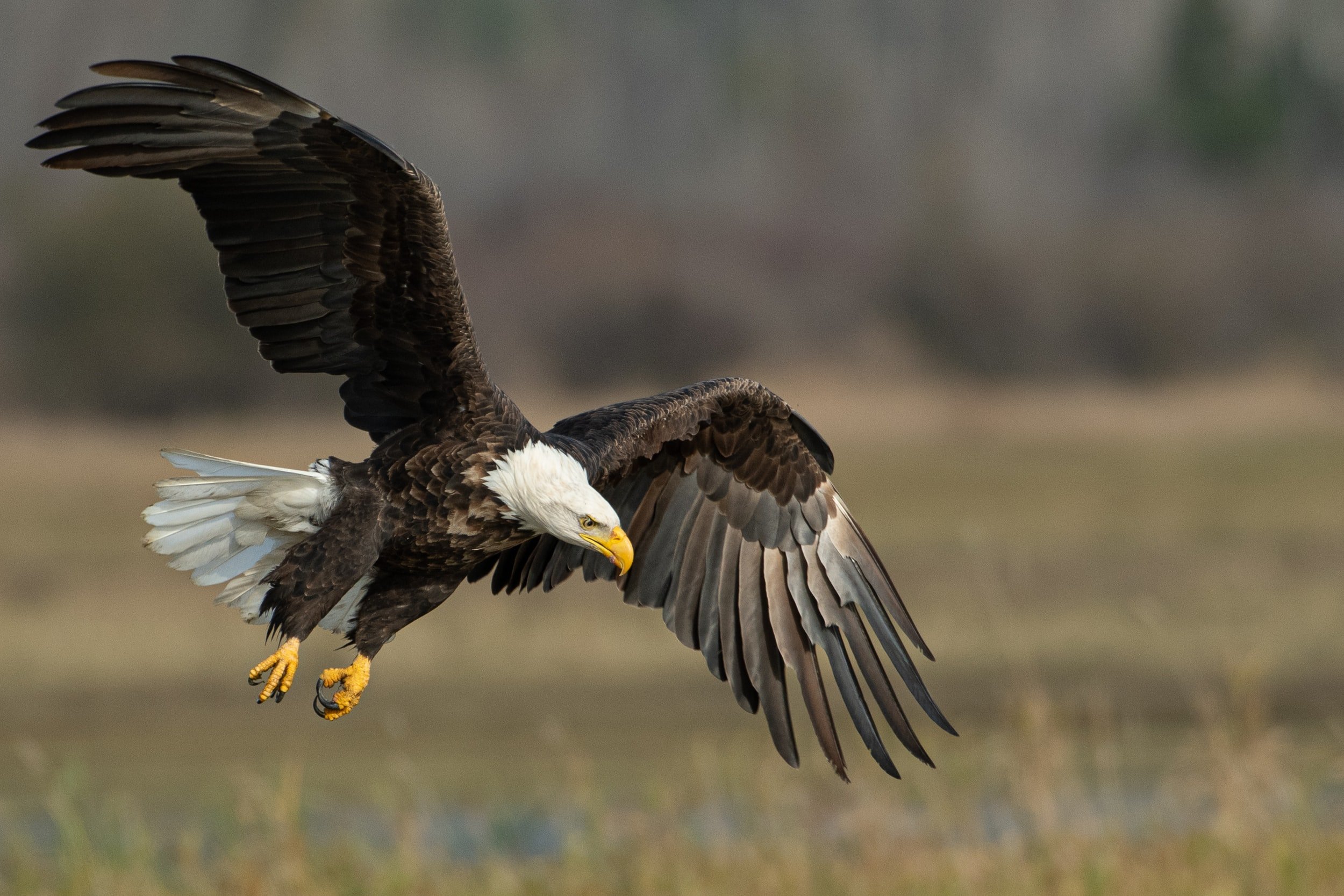WASHINGTON D.C. October 25th, 2019. The House recently gathered to hear a resolution set forth for the consideration of H.R. 823 (Colorado Outdoor Recreation and Economy Act), H.R. 1373 (Grand Canyon Centennial Protection Act), and H.R. 2181 (Chaco Cultural Heritage Area Protection Act of 2019).
These three resolutions add to the already vast expanses of protected and managed public land in America, useable by all for the purposes of recreation and the conservation of American wilderness.
PICTURED: A moose takes a drink from a pool in Maroon Bells scenic area within White River National Forest, Colorado. Photo credit Alex Butterfield. CC 2.0
The Colorado Outdoor Recreation and Economy Act
All tolled, this use of the Wilderness Act of 1964 that just passed the House adds 34,439 acres of various sections of White River National Forest in Colorado to the list of wilderness and management areas. As defined poetically and famously by Howard Zahniser of the Wilderness Society…
“A wilderness, in contrast with those areas where man and his own works dominate the landscape, is hereby recognized as an area where the earth and its community of life are untrammeled by man, where man himself is a visitor who does not remain.”
Wilderness Areas comprise a pinch over 100 million of the pinch under 700 million aces that make up the public land system in America. In total, 5% of the United States is considered wilderness.
These areas are normally reserved for lands and ecosystems that are exceptionally well-preserved, existentially-threatened, or whose wildlife are in dire need of time to recover.
28,676 acres in Colorado are also preserved in the resolution as the Camp Hale National Historic Landscape, which unlike wilderness areas, are designated for the purpose of preserving historical structures, lands, settlements, and archaeological sites that speak at length the history of our nation.
The Grand Canyon Centennial Protection Act
Designated H.R. 1373 and already through the House, the Act celebrates the 100th anniversary of the grandest of holes in the ground being added to the list of America’s National Parks.
The text of this resolution is brief but powerful – a statement that typifies America’s commitment to conservation.
It is to remove, subject to existing rights, 1 million acres that make up the Colorado River watershed, surrounding environment and cultural landscape from ever being subject to patent or entry by mining laws, entry or operation under any geothermal or mining leasing laws, and any form of disposal or appropriation under public lands laws.
The move is meant to enshrine the Grand Canyon, the ecosystem that created it, and the cultures that dwelt around it, forever for the enjoyment of We the People.




